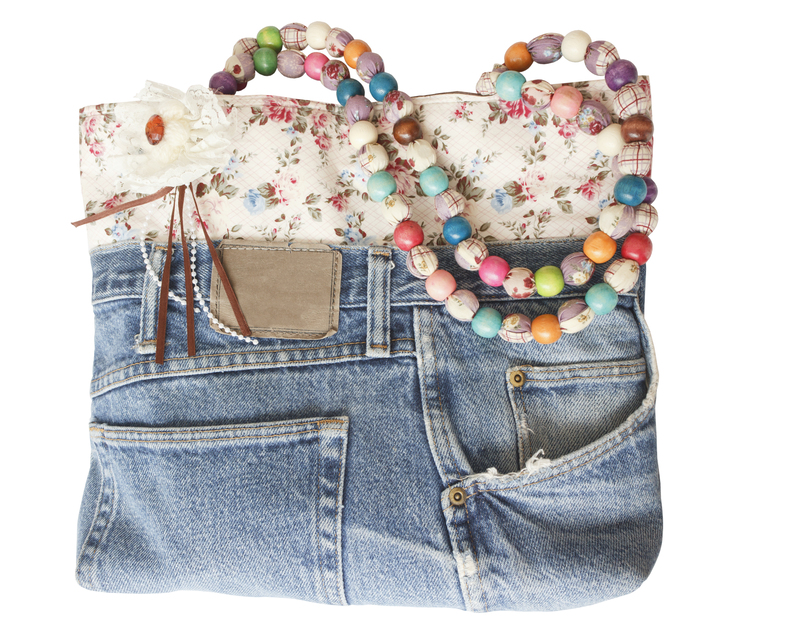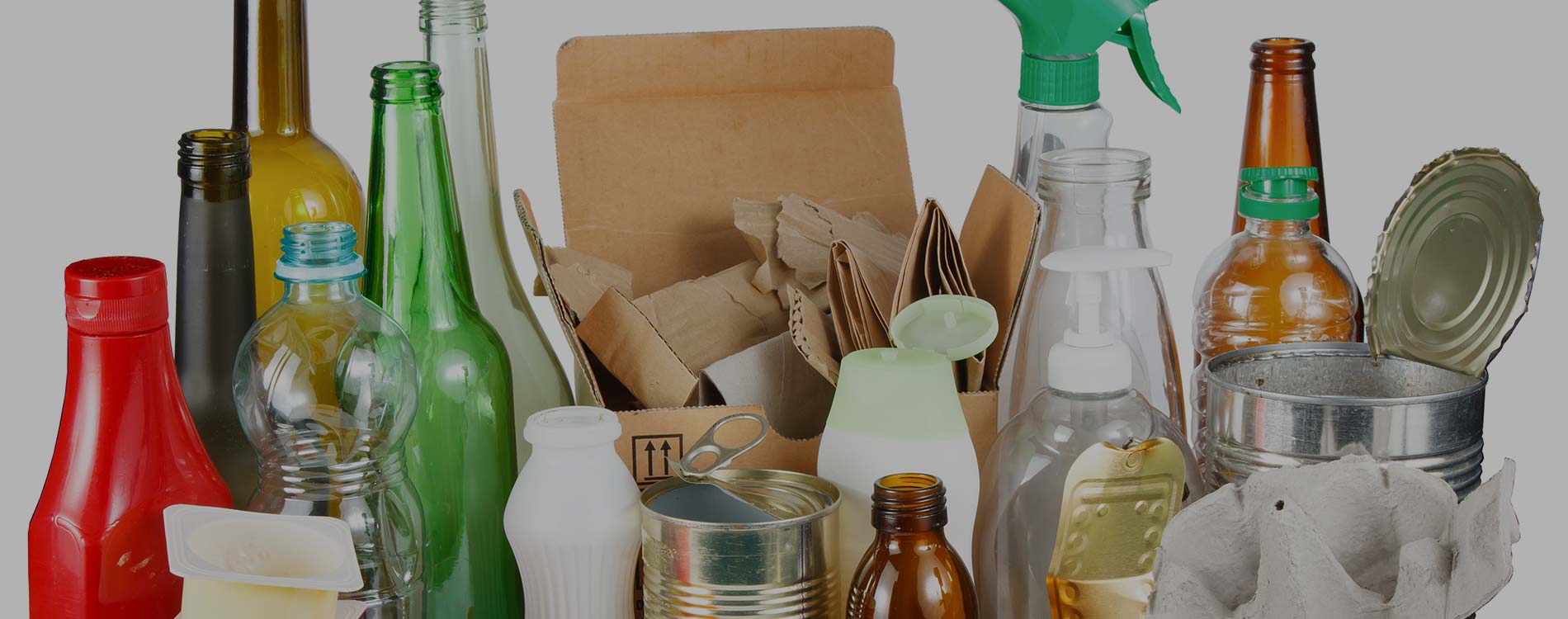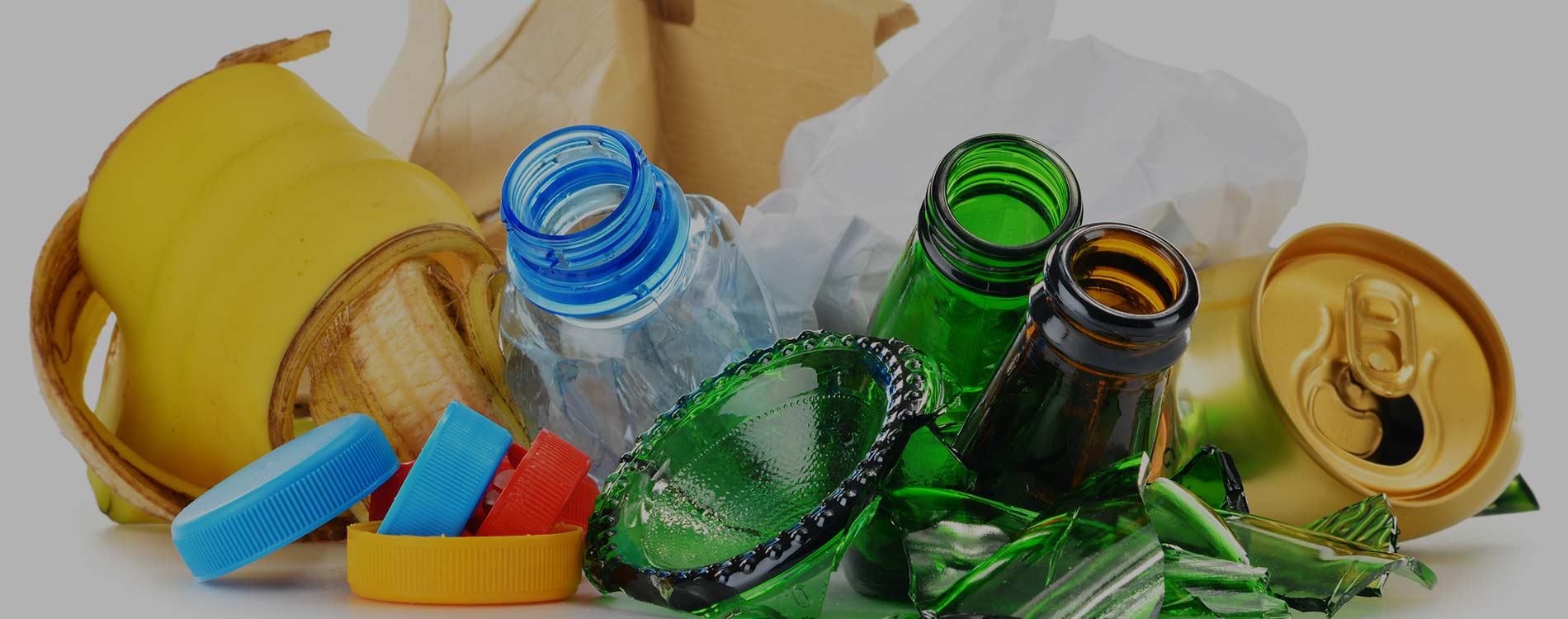Sustainable Habits to Cut Household Waste
Posted on 21/05/2025
Sustainable Habits to Cut Household Waste
In today's world, developing sustainable habits at home has never been more important. With landfills overflowing and natural resources dwindling, learning how to cut household waste is essential for environmental preservation. This comprehensive guide explores actionable strategies and eco-friendly habits to help every household significantly reduce waste, minimize its environmental impact, and move toward a greener lifestyle.
Why Reducing Household Waste Matters
Household waste is one of the leading contributors to environmental pollution. According to the Environmental Protection Agency (EPA), the average American produces around 4.9 pounds of household waste per day. The alarming figures call for immediate action--both from governments and individuals. Adopting sustainable household practices can make a dramatic difference, preserving natural resources, reducing global warming, and even saving money.

How to Start Your Journey to Waste Reduction
Creating sustainable habits to cut household waste begins with awareness and commitment. The journey involves making conscious choices every day, from shopping to disposing of items correctly. The following sections break down actionable steps for every area of your home.
1. Audit Your Household Waste
The first step in waste reduction is understanding your home's waste footprint. Conduct a home waste audit by examining your trash for a week. Identify materials that fill your bins--plastic, food, packaging, and more.
- Track all discarded items in a logsheet.
- Analyze which items make up the largest percentage of waste.
- Set measurable goals to cut waste in key categories.
This audit lays the groundwork for implementing targeted and sustainable waste reduction habits.
Smart Shopping for Less Waste
2. Embrace Reusable Shopping Bags and Containers
Plastic bags and single-use packaging are major culprits in landfill expansion. Replacing them with reusable alternatives is one of the simplest waste-cutting habits.
- Carry cloth or recycled-material bags for all shopping trips.
- Bring reusable containers and mesh bags for produce, grains, and bulk items.
- Say "no" to single-use plastics wherever possible.
Not only will this reduce your household waste, but reusable bags and containers are also sturdier and more economical in the long run.
3. Buy in Bulk and Minimize Packaging
Bulk buying is a powerful way to cut down on packaging waste. Check if your local markets or co-operatives offer bulk bins for grains, spices, snacks, and detergents.
- Purchase larger containers or refill existing ones.
- Choose products with minimal or biodegradable packaging.
- Opt for concentrated products (e.g., cleaning solutions) to reduce packaging and waste.
Sustainable Kitchen Habits for Waste Reduction
4. Adopt Meal Planning and Smart Grocery Shopping
Food waste is a significant portion of household garbage. Strategic meal planning ensures you buy only what you need--nothing more, nothing less.
- Plan meals for the week and create a shopping list to avoid impulse buys.
- Check your pantry and fridge before shopping to prevent double purchases.
- Store food properly to extend its shelf life.
Implementing these habits dramatically reduces the likelihood of spoiled food being thrown away.
5. Embrace Composting
Composting is a cornerstone of sustainable habits that cut household waste. Instead of sending food scraps and yard trimmings to the landfill, composting turns them into nutrient-rich soil for your garden.
- Start with a simple compost bin (indoors or outdoors).
- Collect fruit and vegetable peelings, coffee grounds, eggshells, and yard waste.
- Avoid composting meat, dairy, and oily foods, which may attract pests.
Home composting significantly minimizes trash output and helps regenerate soil for gardening.
6. Repurpose and Reuse Leftovers
Cutting household food waste often comes down to creativity. Transform leftovers into new meals or snacks.
- Use vegetable trimmings to make homemade broth.
- Turn stale bread into croutons or breadcrumbs.
- Get creative with stir-fries, casseroles, and salads using leftovers.
Eco-Friendly Habits Beyond the Kitchen
7. Choose Durable and Multi-Use Products
Investing in high-quality, durable goods is a key sustainable habit. Rather than buying short-lived, single-use items, select products designed to last and be used multiple times.
- Repair items when possible instead of discarding them.
- Choose metal, glass, or bamboo over disposable plastics.
- Use rechargeable batteries instead of single-use ones.
This not only decreases waste generation but also saves money over time.
8. Reduce Paper Waste
Households generate large amounts of paper waste from mail, bills, newspapers, and packaging. Adopting digital habits can greatly diminish this problem.
- Switch to paperless billing and digital statements.
- Unsubscribe from junk mail and catalog lists.
- Use cloth towels and napkins rather than paper versions.
9. Upcycling: Give New Purpose to Old Items
Before discarding anything, ask if it can be upcycled or repurposed. Upcycling is the creative process of turning waste materials or unwanted products into new, useful items.
- Turn glass jars into storage containers, vases, or lanterns.
- Repurpose old t-shirts into cleaning rags or quilt squares.
- Upcycle wooden pallets into garden planters or furniture.
This sustainable habit not only cuts down household waste but also offers fun DIY projects for the whole family.
Recycling Right: Best Practices
10. Know What's Recyclable in Your Area
Recycling reduces the need for raw materials and minimizes waste sent to landfills. However, not all items are recyclable everywhere. Learn the specific rules for your community.
- Check your municipal recycling guidelines to avoid contamination.
- Ensure recyclables are clean and free of food residue.
- Avoid "wish-cycling": putting non-recyclable items in the recycling bin.
11. Set Up an Effective Home Recycling System
Make recycling easy by creating stations in convenient areas of your home.
- Label bins clearly for paper, plastic, metal, and glass.
- Educate all family members about your recycling system.
- Rinse containers before recycling to prevent contamination.
Reducing Waste in the Bathroom
12. Choose Refillable and Low-Waste Toiletries
Bathrooms are notorious for disposable products. Switch to sustainable, low-waste alternatives.
- Use bar soap instead of liquid soap in plastic bottles.
- Try refillable shampoo, conditioner, and lotion bottles.
- Replace disposable razors and cotton swabs with reusable options.
Green Cleaning for Less Waste
13. DIY Cleaning Solutions
Many commercially available cleaning products come in single-use packaging and contain harsh chemicals. Making your own cleaning products cuts down both on waste and harmful residues in your home.
- Use vinegar, baking soda, and lemon juice for multi-purpose cleaning.
- Mix and store cleaners in reusable spray bottles.
- Opt for washable cloths and mop covers instead of disposables.
Rethinking Disposal: Donate, Sell, or Swap
14. Give Goods a Second Life
Sending items to the landfill should be a last resort. Before discarding, evaluate whether another person can use the item.
- Donate gently used clothes, toys, or electronics to local charities.
- Sell unwanted items on community marketplaces or organize a yard sale.
- Set up a swap event with neighbors or friends to exchange household goods.
Engage Family and Community in Waste Reduction
15. Adopt Sustainable Waste Habits as a Family
Involve everyone in your household to cultivate lasting eco-friendly habits. Make it a fun, educational experience for children as well.
- Assign recycling or composting as a rotating family responsibility.
- Challenge each other to waste less with friendly competitions.
- Discuss the environmental impacts of waste at the dinner table.
16. Join or Start a Community Initiative
Many communities have programs that support sustainable waste reduction such as clothing swaps, repair cafes, and community composting projects. Get involved to learn more and inspire neighbors.
- Attend local sustainability workshops or webinars.
- Volunteer for clean-up days or environmental advocacy groups.
- Share your own habits and successes to motivate others.

The Long-Term Benefits of Cutting Household Waste
Adopting sustainable habits to cut household waste fosters a cleaner environment, reduces pollution, and conserves valuable resources. Plus, these habits often result in monthly savings on groceries, utilities, and household goods. Most importantly, you empower yourself and your family to make a positive impact for future generations.
In conclusion, forming sustainable routines isn't about perfection but about continuous improvement. Begin with a few small changes and gradually adopt more habits. The cumulative effect of your actions can lead to substantial waste reduction and a healthier, greener planet for all.
Key Takeaways: Sustainable Habits to Cut Household Waste
- Conduct a home waste audit to identify problem areas.
- Use reusable bags, containers, and bottles to minimize single-use plastics.
- Plan meals and compost food scraps to reduce food waste.
- Recycle correctly and understand what is recyclable in your area.
- Repurpose and upcycle before throwing away items.
- Switch to digital options to decrease paper waste.
- Engage your family and community for a broader impact.
Start your journey today with these sustainable waste reduction strategies, and transform your home into a model of environmental responsibility.
```
 020 3744 2205
020 3744 2205











